Menu
Trees are silent giants in our environment that require proper care to thrive. One of the most crucial aspects of their care is watering. Watering trees may seem straightforward, but some specific methods and techniques ensure they receive the hydration they need without causing harm. As a reputable tree care company, Driscoll Tree Service can provide guidance and pertinent information to ensure your yard remains lush and appealing. Here's a guide to the best way to water trees without compromising health and longevity.
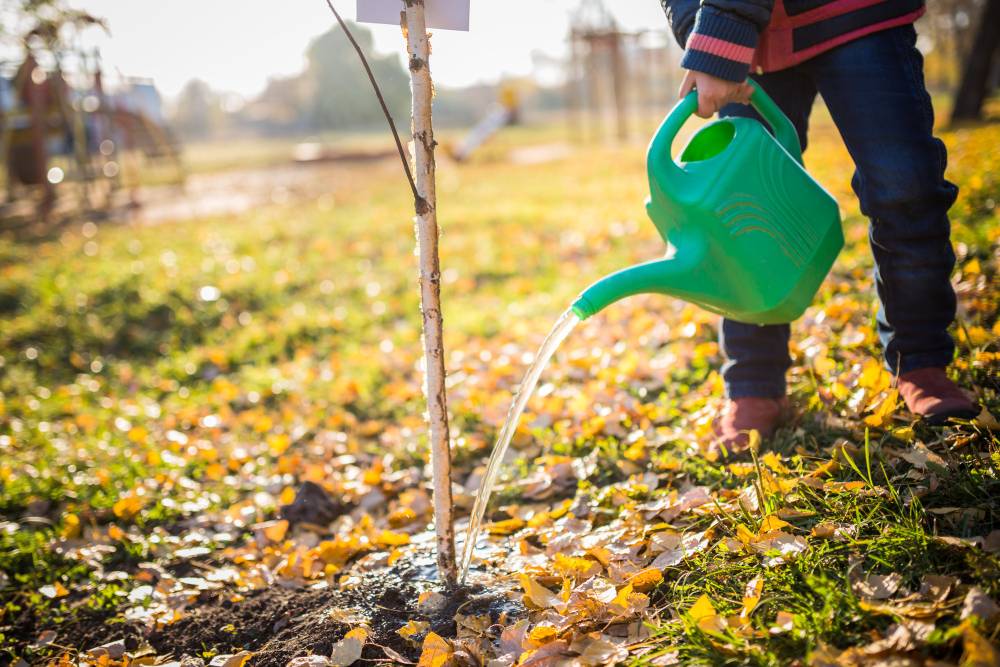
Different trees have varying watering needs depending on their age, species, and the environment in which they grow. Young trees often have shallow root systems that require more frequent watering than established trees. On the other hand, mature trees have deep and extensive roots that can go longer between watering sessions. Understanding these differences is crucial, as it allows you to tailor your watering practices, ensuring healthy growth without risking premature tree removal emergencies.
Surface watering is tempting, especially when you see dry soil around the base of a tree. However, trees benefit most from deep watering, encouraging roots to grow deeper into the soil. Tree service professionals recommend deep watering, which involves soaking the soil to a depth of at least 12 to 18 inches so that the water reaches the tree's root zone. This method helps the tree develop a robust and extensive root system, making it more resilient to drought and other stressors. A slow trickle from a hose or soaker hose can achieve this, allowing water to penetrate deep into the ground without running off.

Mulching goes a long way to ensure proper watering. By spreading a layer of organic mulch, such as wood chips or bark, around the tree's base, it goes a long way to maintain moisture in the soil. Mulch reduces evaporation and keeps the soil cool. It also prevents weed growth, which can compete with the tree for water. When applying mulch, it's essential to avoid piling it against the trunk, as this can lead to rot, infections, and tree removal emergencies. Certified arborists can ensure suitable mulch material and thickness, mitigating evaporation or water damage.
When you water your trees, it is just as important as how you water them. The best time to water trees is in the early morning or late evening when temperatures are more relaxed and evaporation rates are lower. Watering during these times ensures more water reaches the tree's roots rather than evaporating in the day's heat. In addition, this timing helps to prevent fungal diseases, which thrive in the damp conditions of nighttime if the leaves remain wet for too long. If you prefer a more hands-off approach, hire a tree care company to tailor a maintenance plan that aligns with your plants' needs.
Overwatering is a common mistake that can harm trees as much as underwatering. It can lead to root rot, suffocation of the roots, and other issues. Signs of overwatering include yellowing leaves, poor growth, and soggy or foul-smelling soil around the tree's base. To avoid overwatering, check the soil moisture before watering. If you require professional expertise, hire a simple tree service provider to test this and recommend effective solutions.
Watering trees might seem simple, but it requires attention to detail and understanding their needs. By practicing the tips mentioned, you can ensure your trees remain healthy and robust. Contact us at Driscoll Tree Service and schedule a consultation with our arborists to implement these techniques effectively and provide long-term health and resilience.
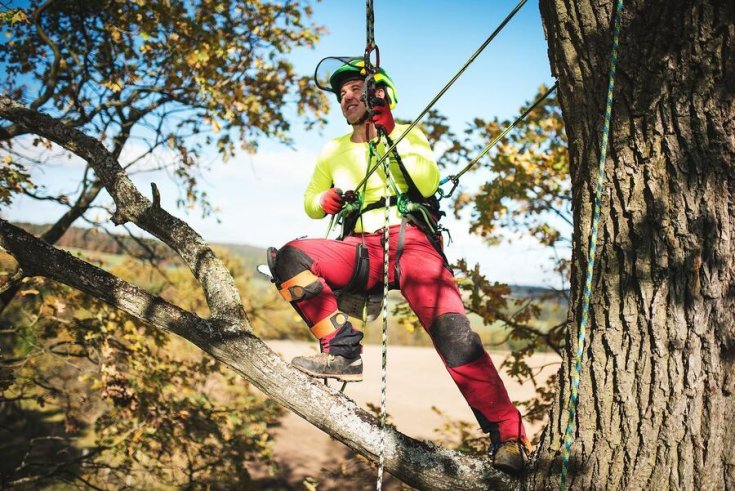
Tips and Techniques for Tree Removal Tree removal is a significant task that requires careful planning and execution to ensure safety and efficiency. Because of disease, hazard, or landscape redesign, proper techniques are crucial for a successful removal process. Driscoll…
Read More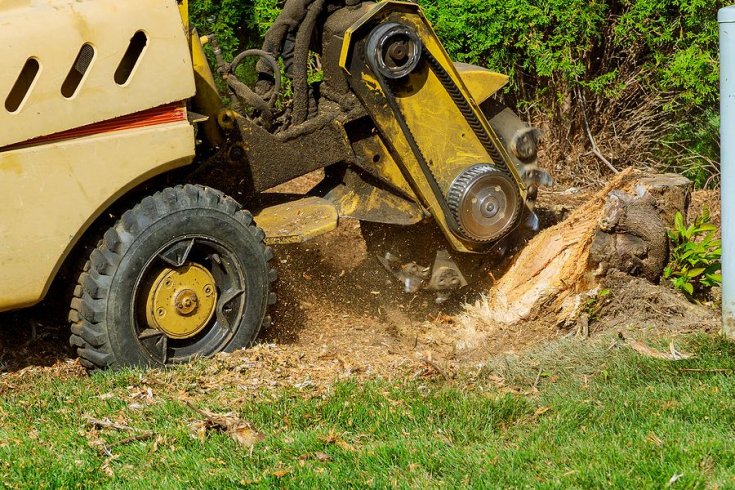
Stump Grinding Vs. Stump Removal If you recently cut down a tree in your backyard, there’s a chance you need to get rid of the eyesore left behind. While ignoring the stump or waiting for the natural decomposition process are…
Read More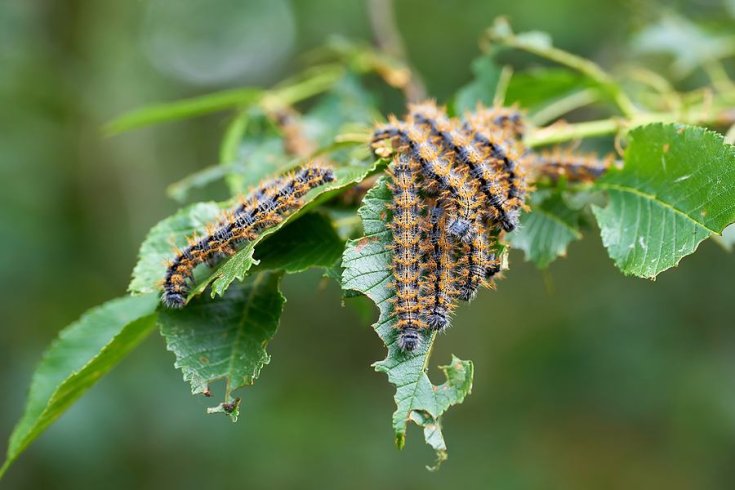
Controlling Tree Pests and Diseases Without Harming the Environment Maintaining healthy trees often entails controlling pests and diseases. With all the different ways homeowners can protect their yards, some cause more environmental damage in the long run. It is advisable…
Read More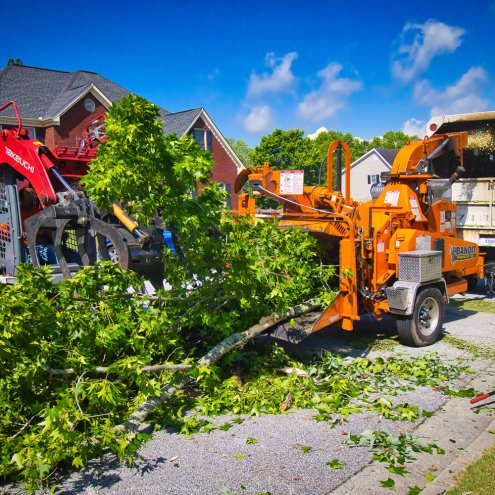
The Dangers of Ignoring Tree Removal Trees are not only nature’s exquisite creations but also valuable assets that enhance the beauty and character of your landscape. Their presence provides shade, improves air quality, and contributes to the overall aesthetics of…
Read More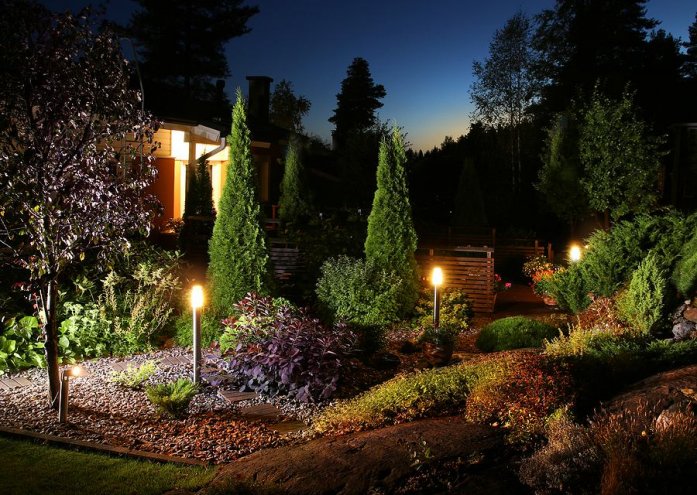
How to Keep Your Trees Healthy Keeping trees healthy is not just essential for the aesthetics and safety of your landscape but also improves the quality of the environment. However, like other living things, trees need routine care and maintenance…
Read More
How to Spot Diseased or Dangerous Trees Before They Become a Problem Let’s face it: not every homeowner is an arborist. Most people don’t spend their weekends studying leaf structure or bark fungus, and that’s perfectly fine. But while you…
Read More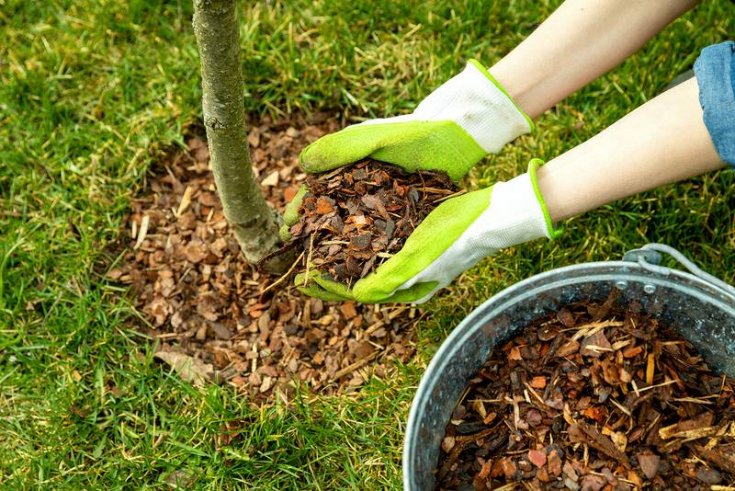
Mulch Myths and Truths As we head towards cooler months, it is critical to maintaining a healthy yard. One of the essential tree care practices before winter is adding a layer of mulch around your trees. You can use many…
Read More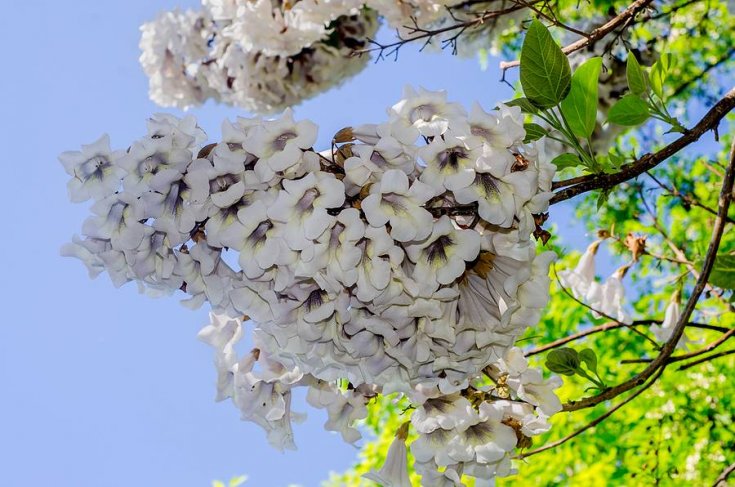
Georgia Guide to Growing Trees If you are a resident of Georgia, there’s no better time to grow trees than now. With over 100 tree species, it is one of the most diverse ecosystems in the United States. Before planting…
Read More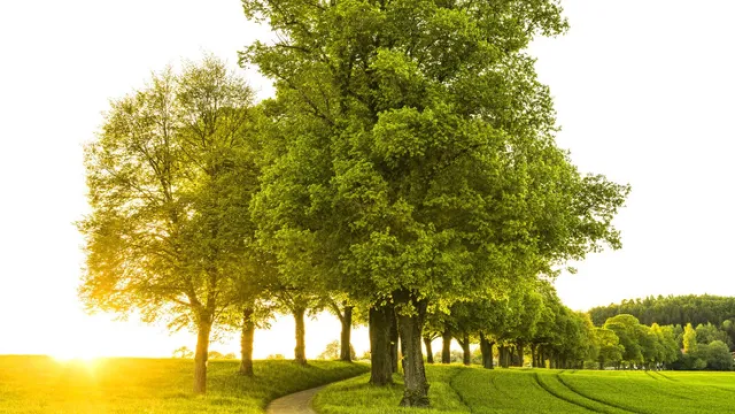
Essential Tree Care Tips for Every Season Trees require regular care and maintenance to thrive. However, different seasons call for specific care to prevent irreversible damage and premature tree removal emergencies. With that in mind, hiring a professional tree care…
Read More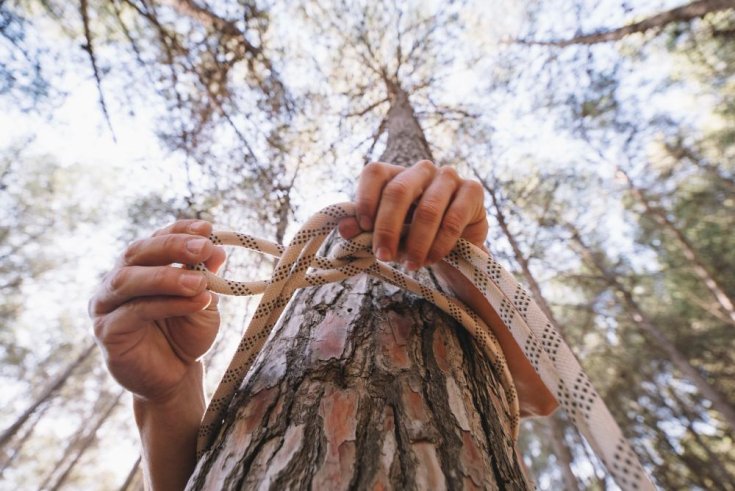
What is Tree Cabling? Trees are vital to our environment, providing shade, beauty, and ecological benefits. However, sometimes trees develop structural weaknesses that cause dangerous situations or loss premature tree removal emergencies. With that in mind, tree cabling allows property…
Read More